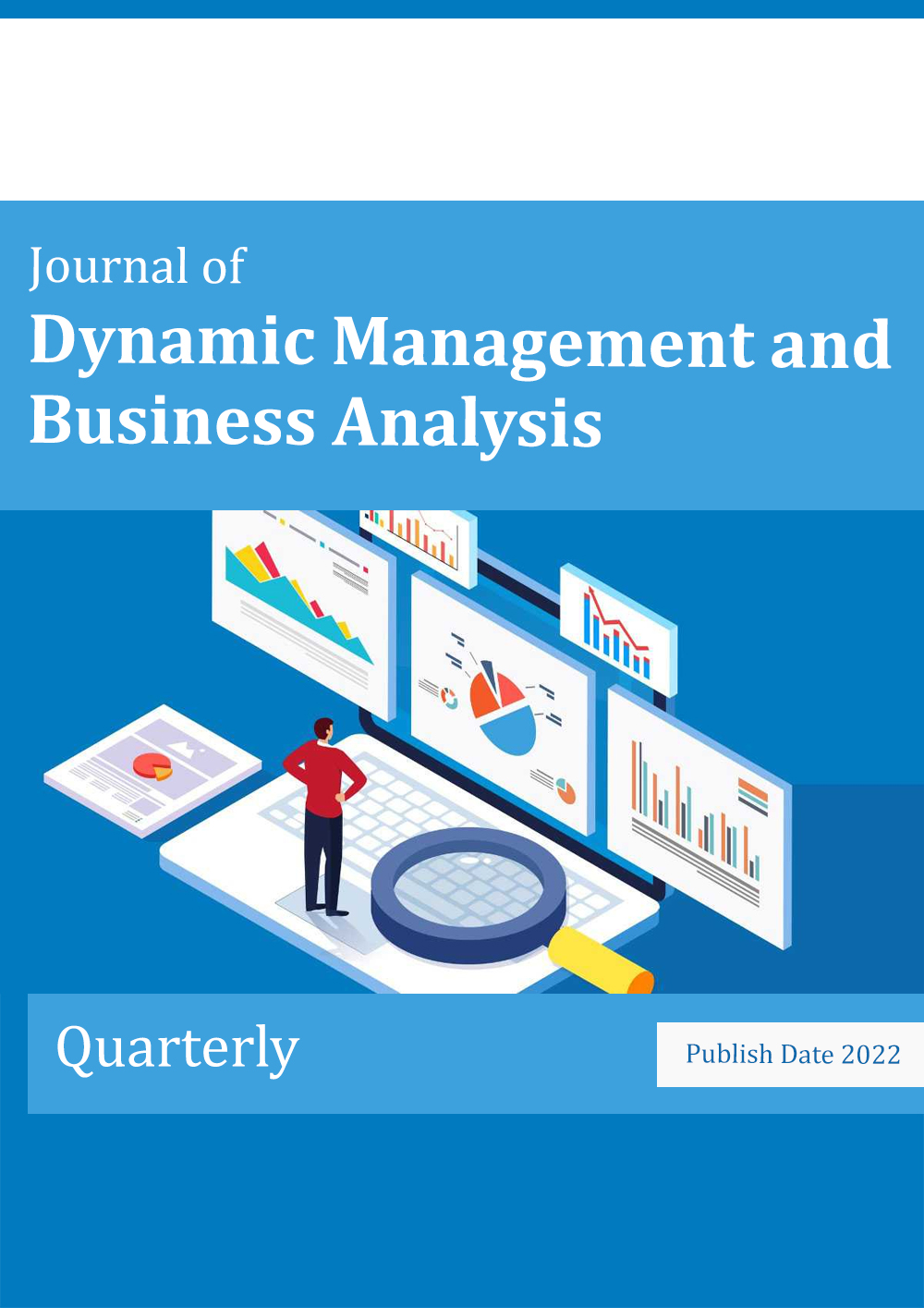The Application of Artificial Intelligence in Teaching and Learning Based on a Systematic Literature Review
Keywords:
artificial intelligence, education, learningAbstract
The current research was conducted with the aim of investigating the use of artificial intelligence in teaching and learning based on a systematic literature review. This research was fundamental in terms of its purpose, and qualitative in terms of the type of data, and the research method was meta-composite in nature. The studied community was all the documents, theoretical foundations and background related to the application of artificial intelligence in education and learning in domestic (2011-2023) and foreign (2003-2023) databases. The purposeful non-random sampling method and the sample size was based on systematic elimination based on the flow diagram of the prism model. The data collection tool was the systematic review of documents and literature. In order to calculate validity, a 27-item checklist based on the prism model was used, and in order to calculate reliability, Cohen's kappa coefficient was used, and the results indicated the validity and reliability of the tool. The method of data analysis was thematic analysis including basic, organizing and comprehensive themes with Maxqda-V12 software. Based on the findings of the research, it can be said that based on the systematic review of the literature on the application of artificial intelligence in education and learning, factors such as: personalization (components: analysis of individual interests and needs, prediction of individual behavior and performance, adjustment of content and difficulty level of education Based on individual needs, interaction (components: interactive systems, virtual reality, immediate feedback and interaction with content and educational environment), data analysis (components: collection of educational data, analysis of learning patterns and trends, prediction of results and improvement of system efficiency Educational), recommending (components: recommender systems based on individual interests and needs, recommending suitable educational resources and providing personalized guidance), evaluation and feedback (components: providing accurate and immediate feedback to the learning process, evaluating individual performance and offering suggestions Improvements needed to improve learning) were identified. Finally, based on the investigations, a model was designed and it was highly reliable.






